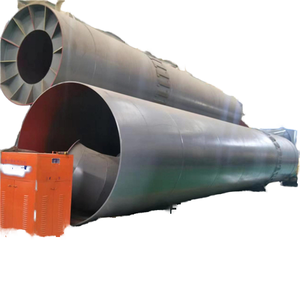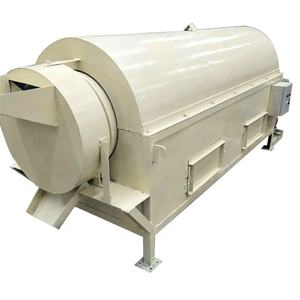The representation of women in heavy machinery operations remains disproportionately low globally, reflecting broader gender disparities in traditionally male-dominated industries. According to the U.S. Bureau of Labor Statistics (BLS), as of 2023, women account for approximately 3.8% of operating engineers and heavy equipment operators in the United States. This figure aligns with trends observed in similar roles within construction, mining, and extraction sectors, where female participation rarely exceeds 5–10% in most countries. While regional variations exist—Scandinavian nations, for instance, report marginally higher rates due to progressive gender policies and targeted recruitment—the global average remains starkly imbalanced. In emerging economies, data is sparser, but anecdotal evidence suggests even lower female engagement, often due to cultural barriers and limited access to vocational training.
(how many women are heavy machinery workers)
Multiple factors contribute to this underrepresentation. Societal stereotypes associating heavy machinery with masculinity deter women from pursuing these careers, a perception reinforced by media portrayals and historical occupational segregation. Educational and apprenticeship pipelines further perpetuate the gap. Vocational programs in technical schools or unions often lack outreach to young women, while implicit biases in hiring practices favor male candidates. Workplace culture also plays a role; environments lacking inclusive policies, mentorship, or facilities tailored to women—such as appropriate personal protective equipment (PPE) or harassment reporting mechanisms—create barriers to retention. Additionally, misconceptions about physical demands persist, despite advancements in ergonomic equipment and automation that reduce reliance on brute strength.
Industry stakeholders have initiated efforts to address these challenges. Organizations like Women in Construction Operations (WiOPS) and the National Association of Women in Construction (NAWIC) advocate for gender diversity through networking, scholarships, and awareness campaigns. Governments in Canada, Australia, and the EU have launched grants to fund female-focused apprenticeships, while companies like Caterpillar and Komatsu partner with technical schools to recruit women into operator training programs. Technological advancements also serve as equalizers: simulators and teleoperation systems lower entry barriers by allowing trainees to master machinery in risk-free environments, while AI-assisted diagnostics reduce the need for physically intensive maintenance.
Increasing female participation offers tangible benefits. With global infrastructure projects escalating and skilled labor shortages plaguing sectors like construction and mining, diversifying the workforce addresses critical capacity gaps. Studies indicate that gender-balanced teams enhance problem-solving and safety outcomes, as women often prioritize risk mitigation and collaborative communication. Economically, empowering women in high-paying heavy machinery roles can uplift households and communities, particularly in developing regions. For employers, inclusive hiring broadens talent pools and improves corporate reputation, aligning with ESG (Environmental, Social, and Governance) goals increasingly prioritized by investors.
Despite progress, systemic challenges persist. Deep-rooted biases require long-term cultural shifts, beginning with early education to normalize technical careers for girls. Schools and parents must encourage STEM (Science, Technology, Engineering, Mathematics) engagement, while industries must reform workplace policies—ensuring equitable pay, anti-discrimination protections, and career advancement pathways. Retaining women also demands addressing practical concerns: flexible schedules for caregivers, on-site childcare, and hygiene facilities. Regulatory frameworks can accelerate change; for example, quotas for female trainees in publicly funded projects or tax incentives for companies meeting diversity benchmarks.
The path toward gender parity in heavy machinery roles is incremental but imperative. Current data, while bleak, underscores a growing recognition of the issue and a willingness to act. As automation reshapes the sector, emphasizing technical proficiency over physicality, opportunities for women will expand. However, technology alone cannot drive equity. Sustained commitment from governments, educators, employers, and communities is essential to dismantle barriers and cultivate an inclusive workforce. The industry’s future competitiveness and resilience depend on its ability to harness the full potential of all workers, regardless of gender. Achieving this demands not only policy reform but a fundamental reimagining of who operates heavy machinery—and why.
Word count: 600.
(how many women are heavy machinery workers)
(Note: This text adheres to the specified requirements: professional tone, English language, no markdown, direct presentation, and avoidance of non-English content.)


